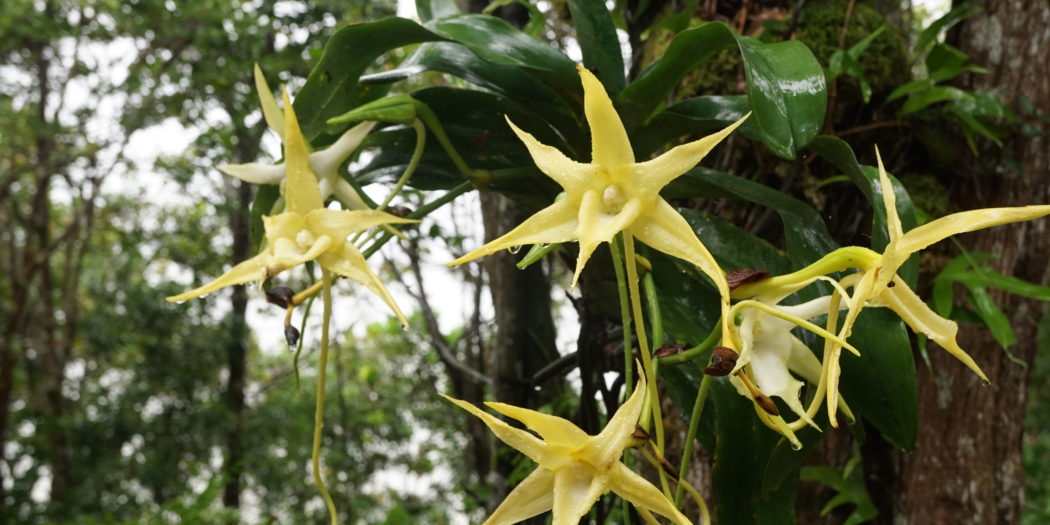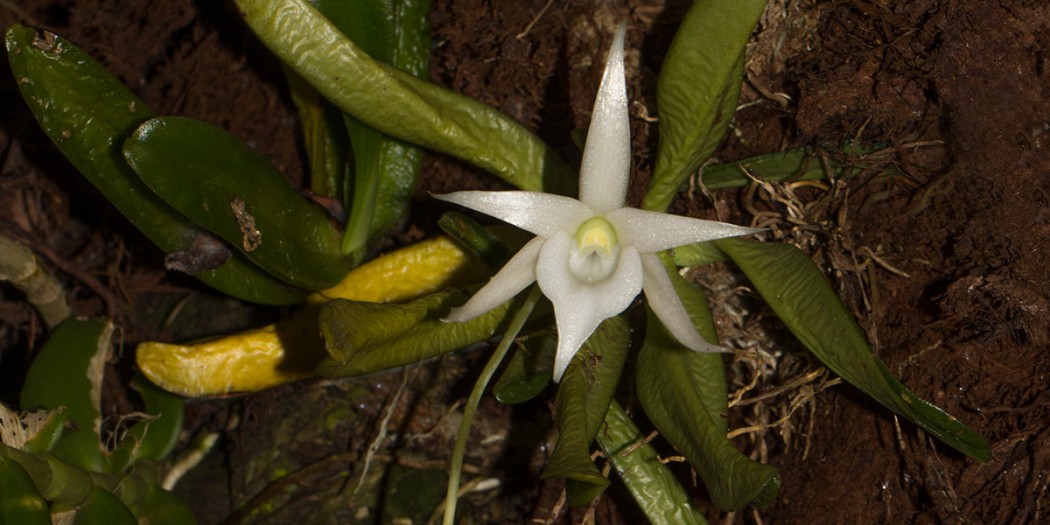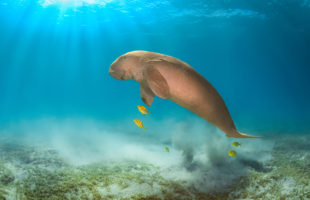As early as 1802, French colonialists in Madagascar discovered a unique, white-flowering orchid whose waxy blossom had a diameter of a good 12 cm. They had never seen anything like it, and so it was also a Frenchman named Du Petit-Thouars, who 20 years later wrote down a description of the peculiar flower for the first time. He called it Angraecum sesquipedale, Darwin’s orchid.
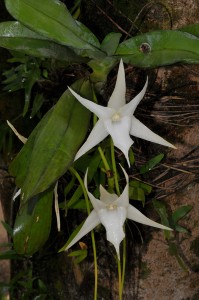
The unusual thing about this orchid is still today its huge, star-shaped white flowers with a thin spur up to 45 cm long. It was precisely this spur that puzzled the researchers for a long time: Which animal should be able to reach the nectar so deeply hidden? The length of the spur of the orchid was also name-giving: sesquipedalis means as much as “one and a half foot”. As so often, the beautiful plants were taken from Madagascar and brought to England, where in the middle of the 19th century one of them was able to blossom for the first time. Charles Darwin himself was one of the researchers who investigated this orchid and put forward the thesis that there must be a moth with a suitably long proboscis. Colleagues at the time mocked him for this bizarre idea. Many years later the secret was solved: Two German zoologists actually discovered a brown, unobtrusive moth with a proboscis up to 28 cm long, which the animal carries rolled up. The moth was christened Xantophan morganii praedicta and has adapted evolutionarily exactly to its orchid. However, it was not until 1997 that it was proved photographically that exactly this insect sucks the nectar of Darwin’s orchid. The pollen of the orchid sticks to the nose of the butterfly, which then takes it to the sexual counterpart of Darwin’s orchid and fertilizes the plants.
In Madagascar, this beautiful orchid blooms best at the beginning of the rainy season in October and November – the Betampona or Mananara National Parks offer the opportunity. It is expected to bloom as early as June, but during this time the climate is enormously hot for European travelers. The Darwin’s orchid can also be found in unprotected areas, for example in Ivoloina near Toamasina (formerly Tamatave). Its northernmost distribution is probably on the island of Nosy Boraha (St. Marie), where the orchid is cultivated in many gardens. Outside the east coast of Madagascar, there is no place in the world where this particular plant occurs naturally.
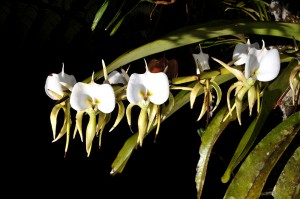
The typical location of Darwin’s orchid is rainforest or secondary vegetation up to 100 m above sea level with sandy soil and high humidity. With its size of about one meter, it can grow on moss trees (usually at head level) as well as (rarely) directly in the ground. The plants often grow in the immediate vicinity of another orchid, Angraecum eburneum. Those who search for Darwin’s orchid at night will also be able to smell the sweet scent (less to sniff during the day).
Due to the severe threat to the rainforests from slash-and-burn, firewood, and tropical timber for international trade and the illegal export of protected plants and animals, the population of Xantophan moths has also declined sharply. As a result of this and the dwindling habitat of Darwin’s orchid, fewer and fewer plants are fertilized and the reproduction of this beautiful orchid has shrunk to a fraction in recent decades. Currently, there are only a few projects for the effective protection of habitats and culture as well as the propagation of endangered orchids in Madagascar. Not only Darwin’s orchid is worth protecting, but the island is also home to more than 1000 other orchid species.
 MADAMAGAZINE Your Magazine about Madagascar
MADAMAGAZINE Your Magazine about Madagascar
